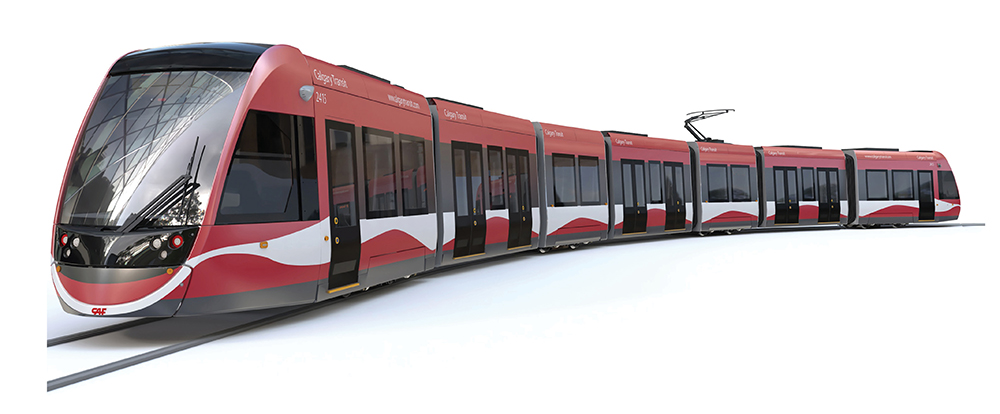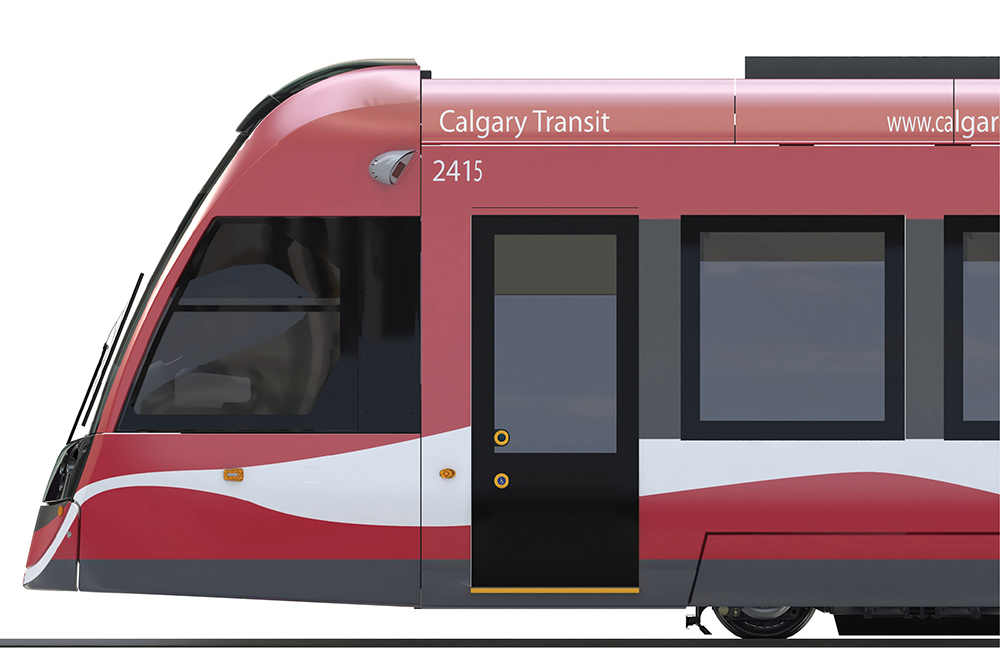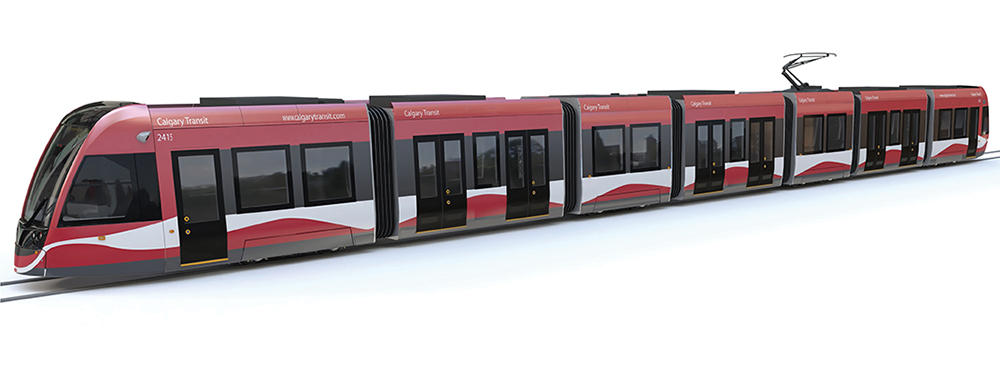Beltline_B
Senior Member
Hopefully I'll live long enough to ride the Green Line when it's done lol.
Hopefully I'll live long enough to ride the Green Line when it's done lol.
Super exciting, I'm a fan of low floor.Low floor LRV technology has been the standard in Europe, Asia, Australia and New Zealand for decades. It is now becoming the choice for many new LRT systems across Canada and the United States including Ottawa, Waterloo, Toronto, Portland and Minneapolis.



Here's a pic I took of an Urbos 3 in Sevilla a few years ago: (one bonus internet point for the first person to notice what isn't in this photo that you'd normally see):
Ding ding ding! The model in Sevilla (and a few other cities) draws catenary power but also has a battery so that it can run without any external power source in the central historic part of the city - so no overhead wires are needed there. It runs past two UNESCO World Heritage Sites, the Archivo de Indias (the principal recordhouse of Spain's dealings with the New World) and the Cathedral (the fourth-largest church and largest Gothic building in the world -- the legend is that the architectural brief was "Let us build a church so beautiful and so grand that those who see it finished will take us for mad", i.e. think we've gone crazy).Overhead wires?
If you look at the example overhead view of the future Centre Street/16th Ave intersection at post #999 and Attachment 4 from GC2020-0583 (https://pub-calgary.escribemeetings.com/filestream.ashx?DocumentId=131771), they are planning to block off intersections from the start.Looks great, and also massive for just one LRV. That’ll be fine for sure. Keep in mind, going up Centre, the blocks are only like 100 meters long north south (maybe less?). So two LRVs might be the maximum capacity without blocking off streets that intersect stations.

The decision to go to an above ground station at 16th Avenue highlights just how little financial room they have left. All of the previous options had always had it underground.I suppose that’s a good argument for why 16 Avenue, McKnight, and Beddington stations should all be underground or elevated.